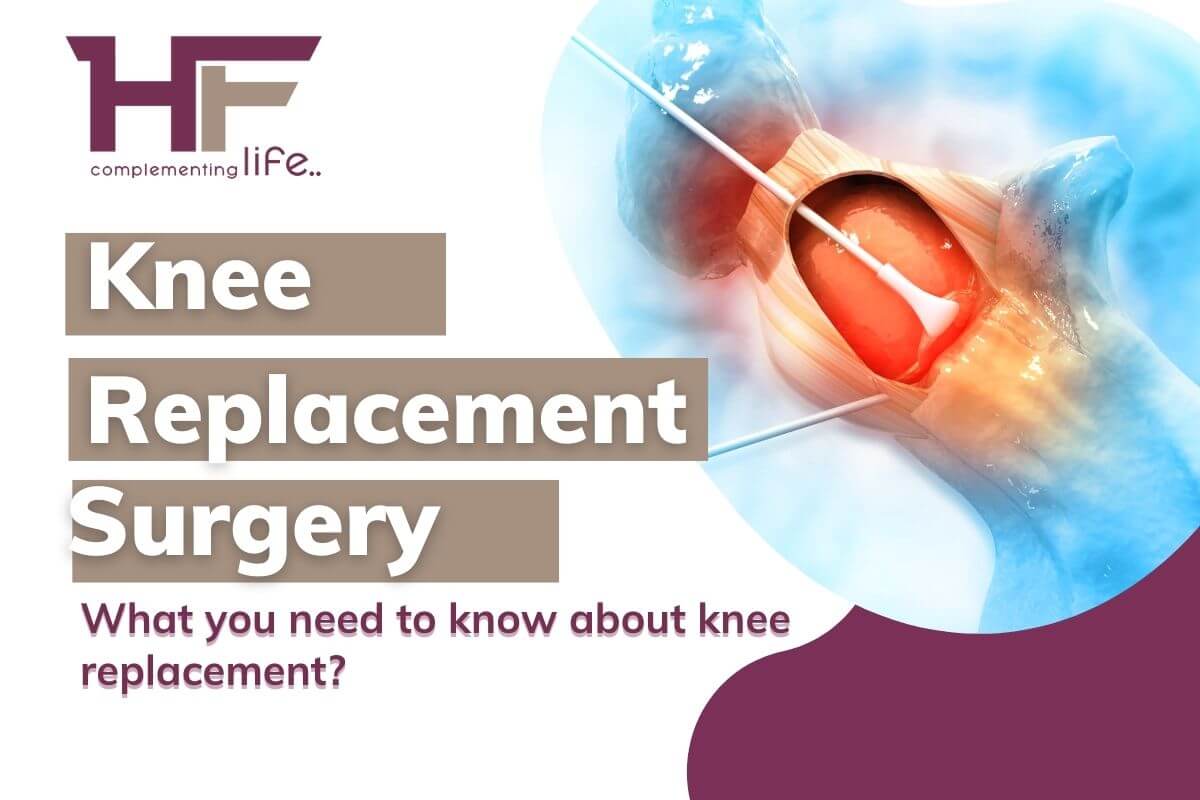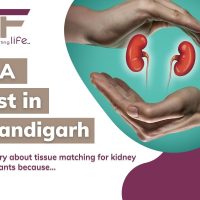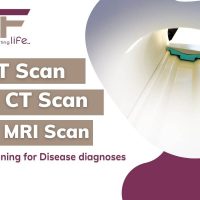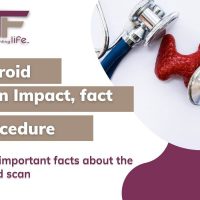Surgeries have long been a source of controversy; some have been effective, while others have resulted in post-operative problems. Knee replacement operations are one of the most difficult and important procedures, and patients must be aware of potential issues in order to maintain healthy leg mobility. It is expected that the patient will be discharged in two or three days and will regain leg strength within six weeks.
Let’s start with what knee replacement surgery is and what to expect following knee replacement surgery before diving into the details of the procedure.
The future quality of knee replacement surgery, as well recognized as knee arthroplasty, is used to determine a patient’s recovery and reconstruction schedule, which could even help ease the pain and promote healing in heavily deformed leg muscles and Knee Joints. Machining broken and injured bone and cartilage from the thighbone, shinbone, and patella and substituting it with prosthesis composed of metals, strong resins, and polymeric is the technique.
CContents
What is Knee Replacement Surgery?
You may need this procedure if you are suffering from a serious knee injury or persistent arthritic pain. Knee replacement treatment is most commonly performed to treat excruciating pain induced by osteoarthritis. Stepping, walking up, and moving in or out of chairs are all common issues for those who need knee replacement surgery. However, sometimes people experience knee discomfort even while they are resting.
Knee replacement surgery can benefit you with daily tasks such as walking slower or living a fast-paced life. Surgery can work miracles, but it’s the follow-up care that matters.
Artificial limbs are breaking out over time, trouble with specific tasks, and tingling are all possible side effects following knee replacement surgery. In addition, it is well knowledge that knee replacements are unlikely to be effective in the early stages of arthritis.
The countable numbers of all the reasons you could require knee surgery are as follows:
- It’s difficult to walk, stand up, or climb stairs because of muscle weakness, stiffness, and discomfort.
- The swelling in your knees and muscles.
- When you’re relaxing, back illness disturbs you.
- The ache is disrupting sleep.
- The knee started to have abnormalities.
- Medication has failed to alleviate the discomfort.
The explanations listed above are some of the factors that influence your decision to have knee replacement surgery.
What to Expect After Knee Replacement Surgery?
During the first 24hrs, the physical therapist (PT) will facilitate you to stand and walk using adaptive equipment. Assistive technology includes pedestrians, wheelchairs, and walking sticks. A physician or occupational counselor will all be assisted by applying the bandage, washing, cleaning, and using the restroom. A physician or occupational counselor assist will come all?
The weeks following surgery are critical for regaining health; post-surgical problems can worsen, but they can be done with proper care and physical training.
Disease Warning Signs
- Fever that does not go away
- Chills shivering
- The wound is becoming more red, painful, or swollen.
- Pressure starts worse with both exercise and relaxation.
Caution Clots Symptoms
- Unconnected to surgery, pain in your thigh or leg
- Sensuality or warmth on the outside or inside of your knees
- Inflammation in the calf, heel, or feet is becoming worse.
The patient’s recuperation may be hampered by the symptoms mentioned above. Therefore, all signs should be addressed, and a Physical Therapist should be consulted.
After Having Stitchless Knee Replacement Surgery
, you can expect the following:
- Relaxation and Compress: Because the knees would be inflamed and sensitive, you should keep the limb raised and slush the joint as directed by your doctor.
- Prescription drugs: Medication is important not just for pain control but also for relieving pain. Antimicrobial are often designed to prevent disease.
- You’ll have follow-up meetings with your sports medicine specialist to discuss your rehabilitation: Any surgical staples or sutures will be removed during the appointment visit. Contact your doctor if you experience odd symptoms like redness, fever, incision discharge, or increasing discomfort.
- Home Remedies: As their rehabilitation develops, some individuals switch to a walking stick or crutch. Other changes to examine are railings, a bath seat, a grasping stick, and the removal of any loose wires or carpets that might prevent a collapse.
To monitor the symptoms and avoid an accident, the patient’s family and physical therapist should begin the process of treating the illness, which includes everything from providing appropriate physical activities to encouraging the patient to eat a healthy diet while using handrails wheelchairs, crutches, and other aids.
Knee Replacement Post- Surgery Complications
Knee Bulging After Multiple surgeries
– Inflammation of the knee is expected within a week of surgery. Continue to ice the knee and take bashing medications on a regular basis.
Understanding the prosthetic limb
– Possessing a synthetic knee introduces new senses and behaviors that take a little time to adjust to. Find out what one’s custom orthotic will be like.
Feasible Expectations
– Knee replacement can alleviate injury and improve purpose in a broken and damaged knee, but realistic expectations are essential.
Conclusion
Knee Replacement damage might cause you to halt your daily activities, including picking up a ball from the ground, climbing stairs, and stretching to maintain a healthy lifestyle. It is critical to understand that post-surgery symptoms must not be obstructed or ignored since this will result in irreversible consequences.
Is there any doubt that perhaps the Suffering after a Knee Replacement Will Last? Returning to regular activities might take three to four months, and it can take six months to a year for your kneecaps to become headstrong and determined.
The very first 6 to 12 weeks following knee replacement surgery are crucial for healing and physiotherapy. The patient must be devoted to implementing the doctor’s instructions throughout this period in order to enhance the lengthy outlook. On the other side, if the patient doesn’t give themselves enough time to recuperate throughout the rehabilitation process, the risk of damaging the artificial joint increases. To avoid re-injuring your knee, follow the physical therapists and sports medicine medical recommendations.











Comments